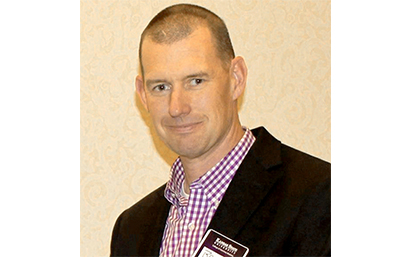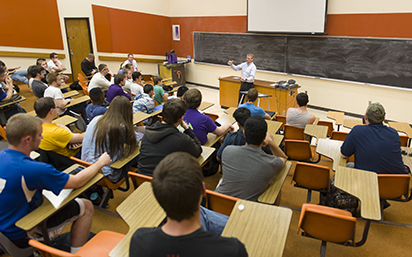
2017 Alumni Fellows to visit campus, classrooms in April
While the 2017 Alumni Fellows may have pursued different areas of study during their time at Kansas State University and followed different career paths, they all share two important traits: a passion for their alma mater and a desire to help the next generation of K-Staters succeed in their careers and in life.
The 12 accomplished alumni selected as 2017 Alumni Fellows will return to campus April 19-21 to visit with students and faculty. They will discuss current business and industry trends and share how their time at K-State helped prepare them for their careers.
“The Fellows were chosen based on their high levels of professional accomplishment and distinguished service in their respective careers,” said Andrea Bryant Gladin ’02, K-State Alumni Association director of alumni programs and organizer of the Alumni Fellows program.
The Alumni Fellows program is sponsored by the K-State Alumni Association, the Office of the President and the Deans Council.
Get to know the 2017 Alumni Fellows below:
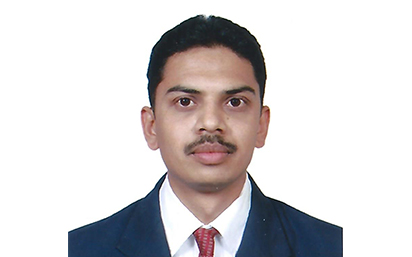
Nandi Nagaraj ’04
College of Agriculture
R&D human resources business partner, Dow AgroSciences, Indianapolis, Indiana.
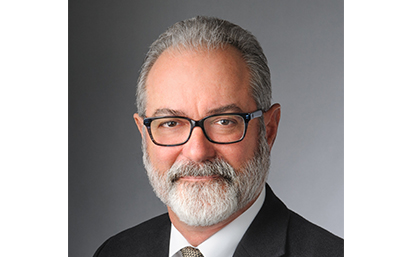
Rick Martin ’76
College of Architecture, Planning and Design
Founder, Populous, Kansas City, Missouri.
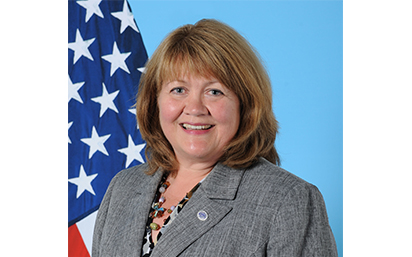
Cheryl L. Blake ’81
College of Arts and Sciences
Deputy chief of the NGA support team to U.S. Africa Command, National Geospatial-Intelligence Agency, Springfield, Virginia.
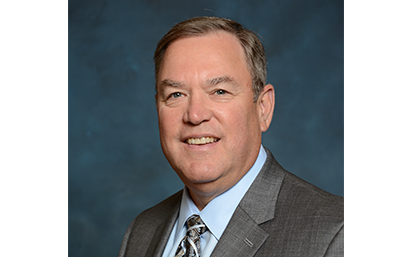
Peter E. Larsen, DDS, FACS ’79
College of Arts and Sciences
The Larry J. Peterson Endowed Professor and chair of the Division of Oral and Maxillofacial Surgery and Dental Anesthesiology, The Ohio State University, Columbus, Ohio.
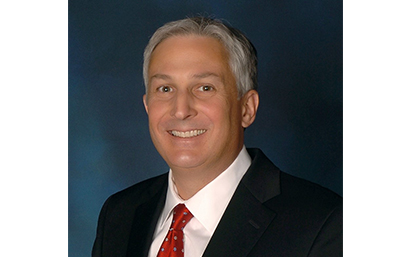
Brad Razook ’85
College of Business Administration
Executive vice president and CEO of resources, Koch Industries Inc., Wichita, Kansas.
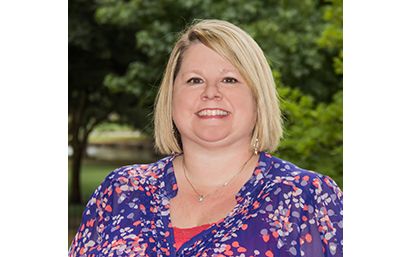
Dr. Shelbie Witte ’06, ’08
College of Education
Chuck and Kim Watson Endowed Chair and associate professor of adolescent literacy and English education, Oklahoma State University, Stillwater, Oklahoma.
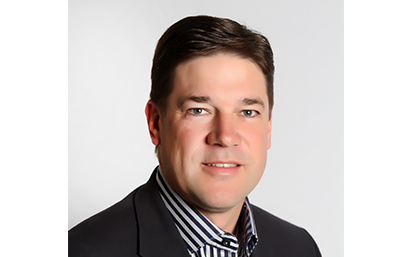
Mike Valentine ’90
College of Engineering
Chief executive officer, Netsmart Technologies, Overland Park, Kansas.
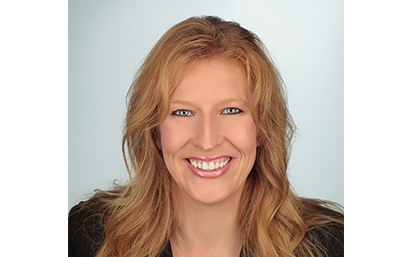
Amy Martens, P.E. ’95, ’01
K-State Global Campus
Manager, engineering services, Blue Cross and Blue Shield of Kansas, Topeka, Kansas.
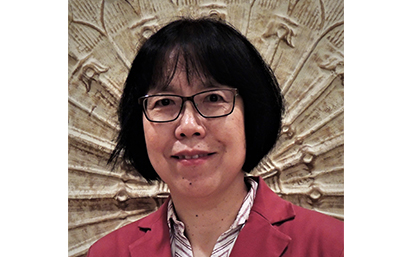
Wenxia Song ’91
Graduate School
Professor of cell biology and molecular genetics, University of Maryland, College Park, Maryland.
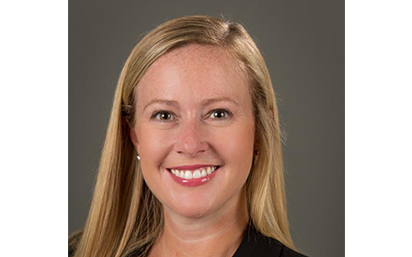
Tamara Markham ’93
College of Human Ecology
Senior area director of operations, the Americas, Marriott International Inc., Bethesda, Maryland.
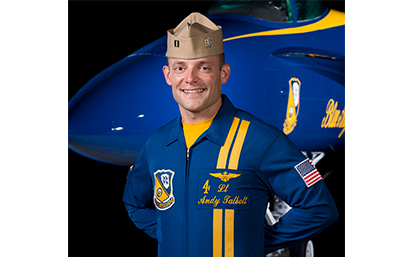
Andrew G. Talbott ’05
College of Technology and Aviation
Strike fighter pilot, U.S. Navy, Hanford, California.
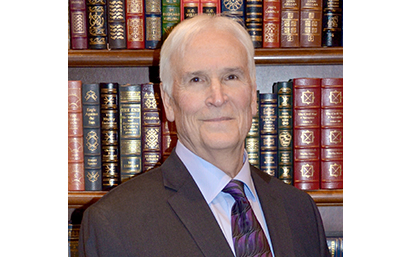
Dr. Jerry P. Jaax ’72
College of Veterinary Medicine
Retired associate vice president for research compliance, K-State, Manhattan, Kansas.

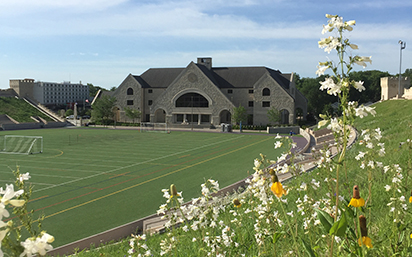
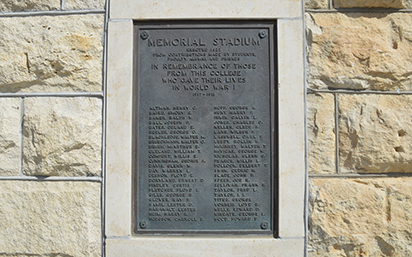 The event is being held in conjunction with the national U.S. World War I Centennial
as a way to commemorate and recognize American sacrifices during the war. More than
four million American families sent their sons and daughters to serve in uniform during
what is known as “the Great War.” A total of 116,516 U.S. soldiers gave their lives
in combat, and another 200,000 were wounded, a casualty rate even greater than in
World War II. (Source:
The event is being held in conjunction with the national U.S. World War I Centennial
as a way to commemorate and recognize American sacrifices during the war. More than
four million American families sent their sons and daughters to serve in uniform during
what is known as “the Great War.” A total of 116,516 U.S. soldiers gave their lives
in combat, and another 200,000 were wounded, a casualty rate even greater than in
World War II. (Source: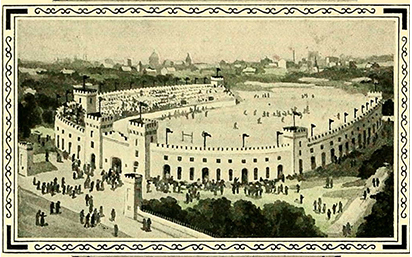 Plans for Memorial Stadium began in 1922, when university leaders wanted to build
an architectural shrine to honor the veterans who died. They decided a stadium was
a dignified structure that would be useful to the college and community. The west
wing was completed in 1922, followed by the east wing in 1924. The enclosing walls
were added in 1928, and the locker rooms and offices were built in 1938.
Plans for Memorial Stadium began in 1922, when university leaders wanted to build
an architectural shrine to honor the veterans who died. They decided a stadium was
a dignified structure that would be useful to the college and community. The west
wing was completed in 1922, followed by the east wing in 1924. The enclosing walls
were added in 1928, and the locker rooms and offices were built in 1938.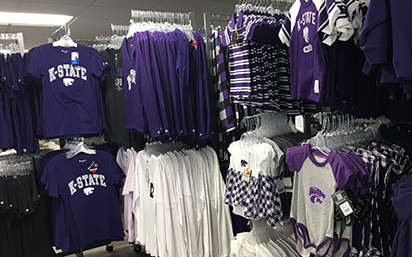
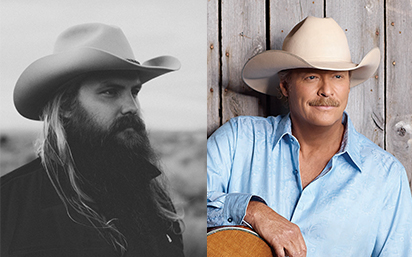 Alumni Association members also will receive a discount to the Kicker Country Stampede,
a popular three-day country music and camping festival June 22-24 at Tuttle Creek
State Park in Manhattan, Kansas. The 2017 lineup includes Chris Stapleton, Alan Jackson,
Big & Rich, Thomas Rhett and many more artists.
Alumni Association members also will receive a discount to the Kicker Country Stampede,
a popular three-day country music and camping festival June 22-24 at Tuttle Creek
State Park in Manhattan, Kansas. The 2017 lineup includes Chris Stapleton, Alan Jackson,
Big & Rich, Thomas Rhett and many more artists.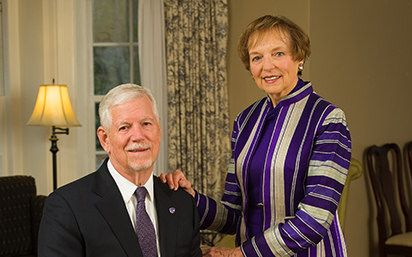

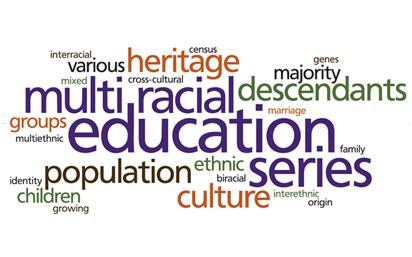
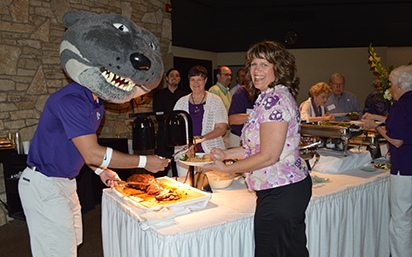
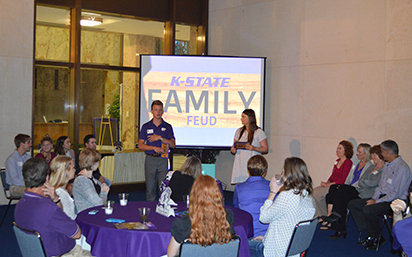 Alumni Clubs are generally established in areas with more than 200 alumni within a
50-mile radius. They bring K-State alumni and friends together for social outings,
promote K-State and connect alumni to their alma mater.
Alumni Clubs are generally established in areas with more than 200 alumni within a
50-mile radius. They bring K-State alumni and friends together for social outings,
promote K-State and connect alumni to their alma mater.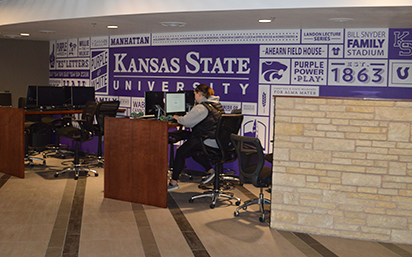
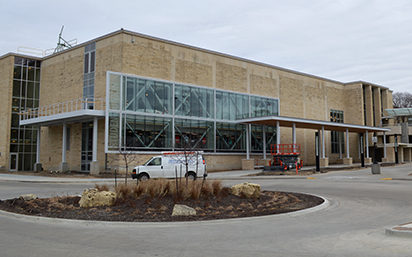 Bill Smriga, Union executive director, said the Union's design and architecture create
a welcoming first impression that synergizes with Bosco Student Plaza and the new
Berney Family Welcome Center to convey the message that K-State is a vibrant academic
place.
Bill Smriga, Union executive director, said the Union's design and architecture create
a welcoming first impression that synergizes with Bosco Student Plaza and the new
Berney Family Welcome Center to convey the message that K-State is a vibrant academic
place.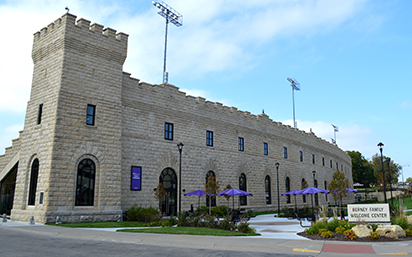 The Berney Family Welcome Center and Engineering Hall are the Judges Choice winner
and runner-up, respectively, for state building awards by the Associated General Contractors
of Kansas Inc.
The Berney Family Welcome Center and Engineering Hall are the Judges Choice winner
and runner-up, respectively, for state building awards by the Associated General Contractors
of Kansas Inc.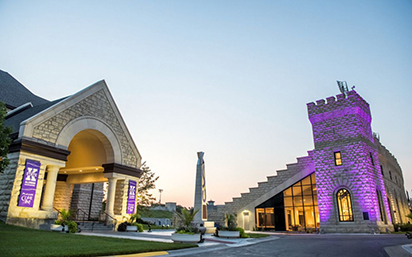 Which college is the fairest of them all? According to
Which college is the fairest of them all? According to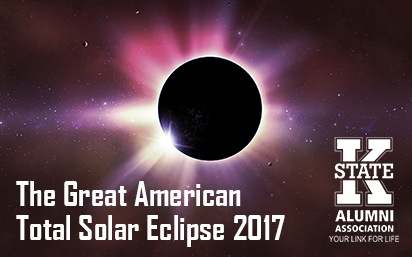
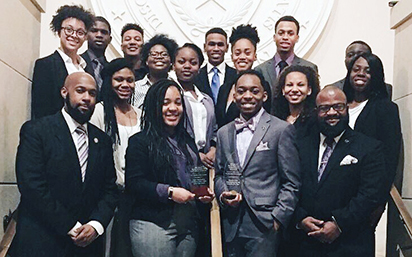
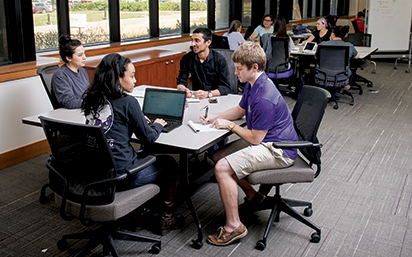
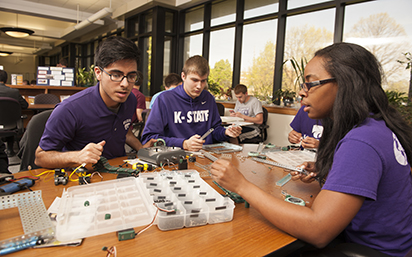 Textron Aviation has pledged $100,000 to support the College of Engineering at Kansas
State University.
Textron Aviation has pledged $100,000 to support the College of Engineering at Kansas
State University.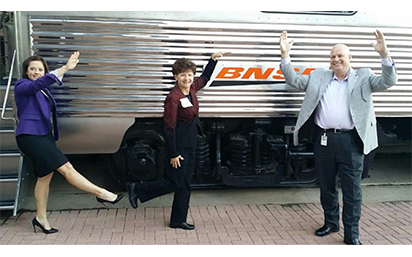
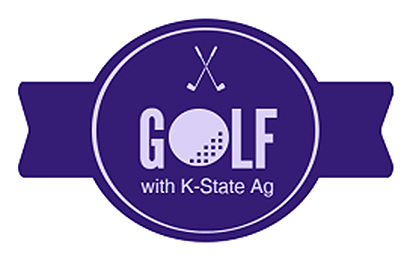
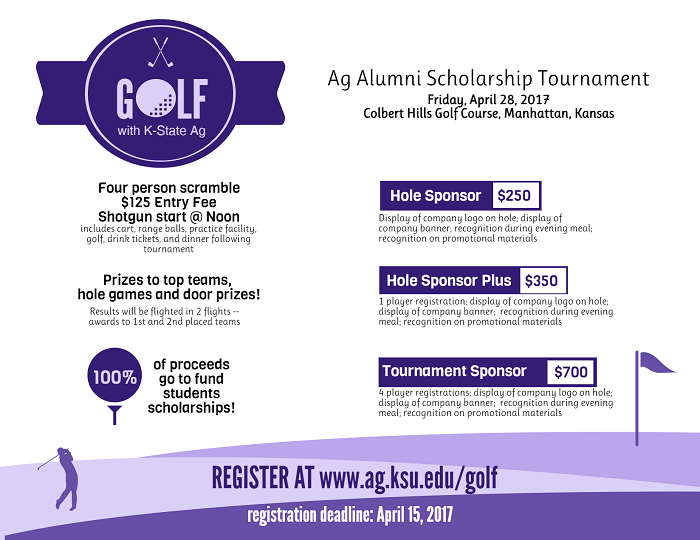
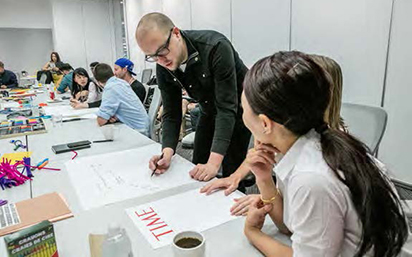
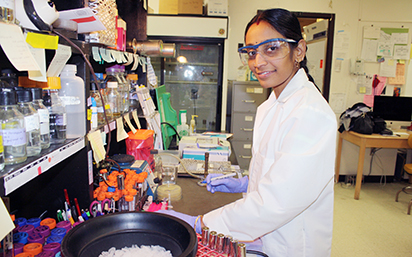
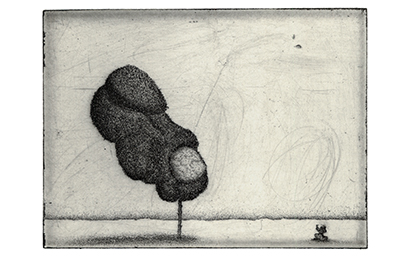
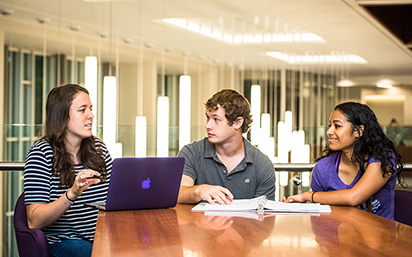
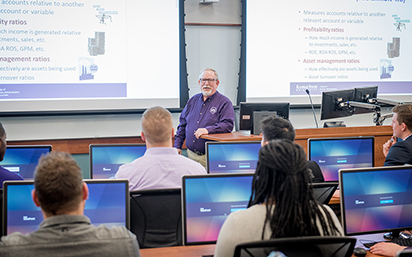
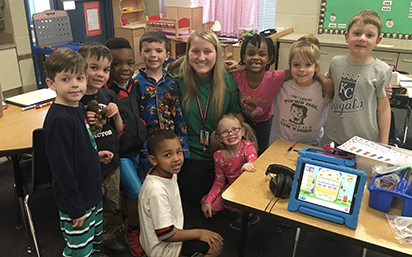
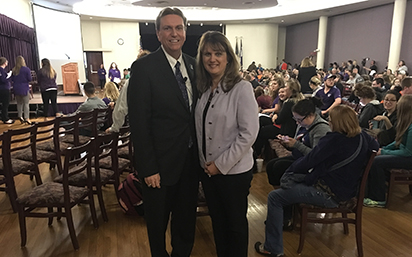
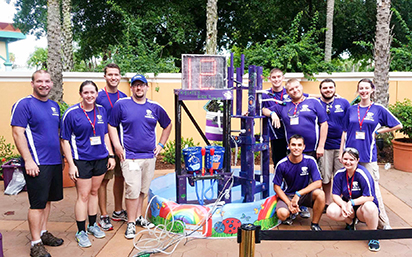
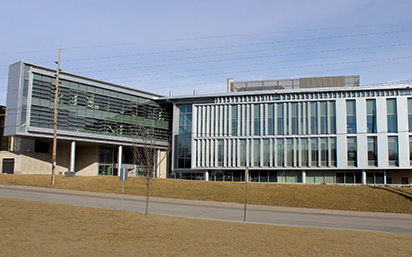
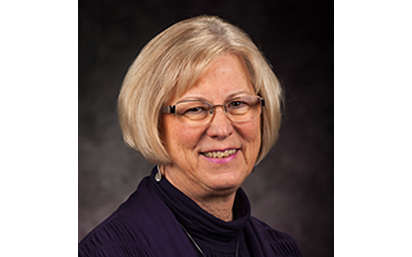
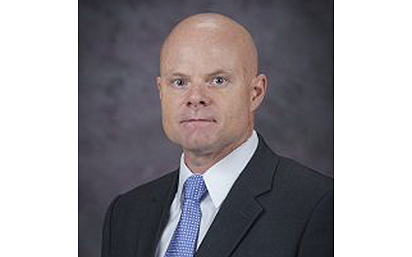
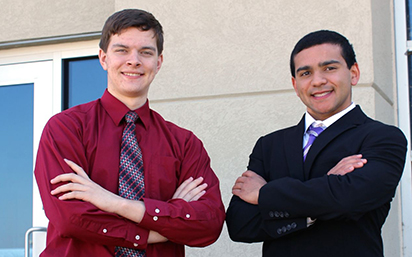
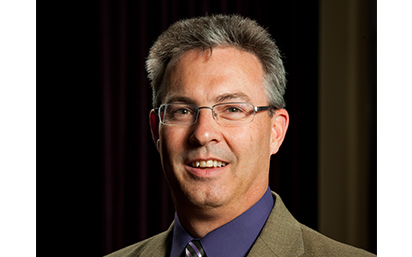
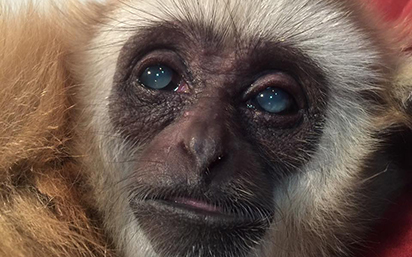
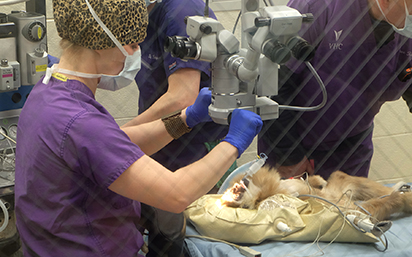 Carpenter explained numerous people were involved in the procedure.
Carpenter explained numerous people were involved in the procedure.